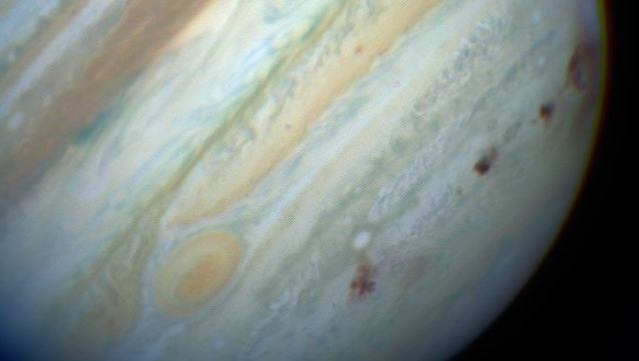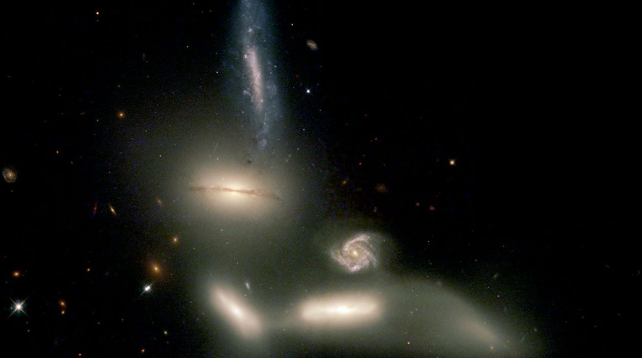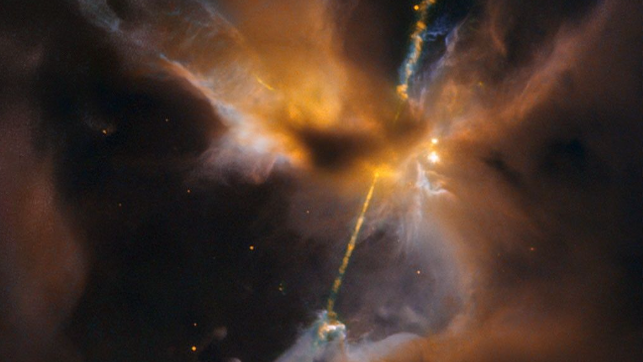I am old enough to remember the launch of the Hubble Space Telescope.
On April 24, 1990, the Space Shuttle Discovery carried Hubble into orbit – a telescope unlike any the world had ever seen. Suspended above the distortions of Earth’s atmosphere, Hubble was our first true window to the universe. After decades of planning, an investment of over $1.5 billion, and countless hours of work by scientists and engineers, humanity had built a powerful eye in the sky.
And yet, its beginning was far from flawless. The first images it returned were blurry, a result of a tiny imperfection – just two microns – in the mirror's curvature. The world, which had excitedly waited, was stunned and disappointed. But science is a story of resilience. In 1993, astronauts aboard Space Shuttle Endeavour executed one of NASA’s most ambitious repair missions ever, giving Hubble the clarity it was meant to have. That mission didn't just fix a telescope, it restored a global dream.
And what a dream it became.
From capturing breathtaking images of star birth and distant galaxies to playing a crucial role in the discovery of dark energy, Hubble redefined our understanding of the cosmos. Its data allowed scientists to refine the age of the universe, witness the dance of galaxies across time, and observe light from some of the earliest moments after the big bang. More than just science, its images sparked imaginations and decorated classroom walls, science books, and the dreams of millions of children worldwide, including mine.
Then came another chapter of wonder. In December 2021, the world watched the launch of the James Webb Space Telescope. This time, humanity positioned its telescopic eye even further from Earth – at Lagrange Point 2, nearly 1.5 million kilometres from Earth. Webb’s first images were not just sharp – they were transcendent. It was a breathtaking moment, the culmination of decades of knowledge, patience, and international collaboration.
From the faulty mirror of Hubble to the flawless focus of Webb, this journey tells more than a story of science – it tells a story of hope, perseverance, and unity. These telescopes are not just machines. They are the embodiment of our shared longing to understand who we are and where we come from. They are humanity’s heritage.
As we celebrate Hubble’s 35th anniversary, let us remember what it represents: the unbreakable link between curiosity and courage. The cosmos doesn’t belong to any one nation – it belongs to all of us. We owe it to future generations to protect this legacy, to ensure that the universe remains open to every young dreamer who looks up at the night sky and wonders, “What’s out there?”
Because if 35 years ago a single country could launch a telescope that changed our place in the universe, today, we know that it takes the collaboration of nations to reach even further. That is the beauty of science – it is a universal language that transcends borders. And it is our responsibility to preserve and protect that language, so it can speak to generations yet to come.
So next time you look at the night sky, remember: orbiting above us is a telescope that gave us astonishing images of galaxies colliding, stars being born, and the edge of the observable universe. Now, as no generation before us could, we are able to see beyond imagination.
Encieh Erfani is a cosmologist who holds a joint postdoctoral research fellowship at Perimeter Institute for Theoretical Physics and CITA (the Canadian Institute for Theoretical Astrophysics). She is the recipient of the AAAS Award for Scientific Freedom and Responsibility.
À propos de l’IP
L'Institut Périmètre est le plus grand centre de recherche en physique théorique au monde. Fondé en 1999, cet institut indépendant vise à favoriser les percées dans la compréhension fondamentale de notre univers, des plus infimes particules au cosmos tout entier. Les recherches effectuées à l’Institut Périmètre reposent sur l'idée que la science fondamentale fait progresser le savoir humain et catalyse l'innovation, et que la physique théorique d'aujourd'hui est la technologie de demain. Situé dans la région de Waterloo, cet établissement sans but lucratif met de l'avant un partenariat public-privé unique en son genre avec entre autres les gouvernements de l'Ontario et du Canada. Il facilite la recherche de pointe, forme la prochaine génération de pionniers de la science et communique le pouvoir de la physique grâce à des programmes primés d'éducation et de vulgarisation.




